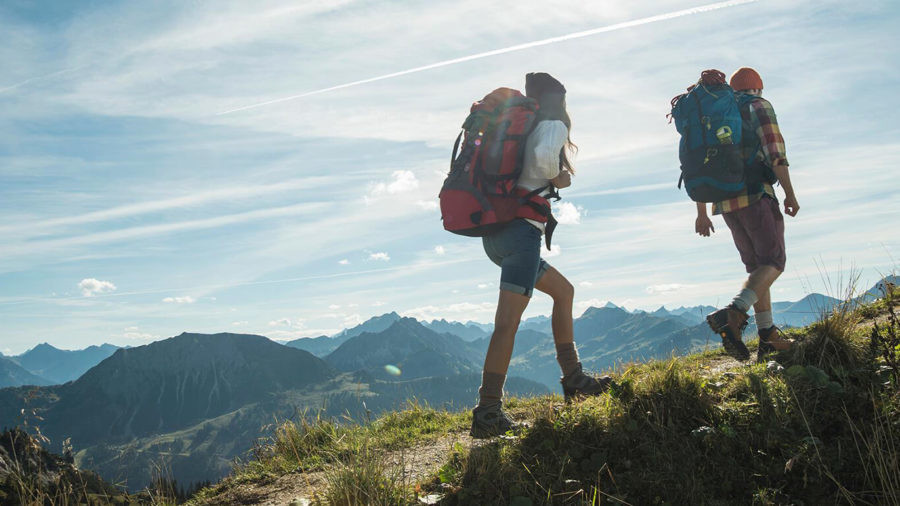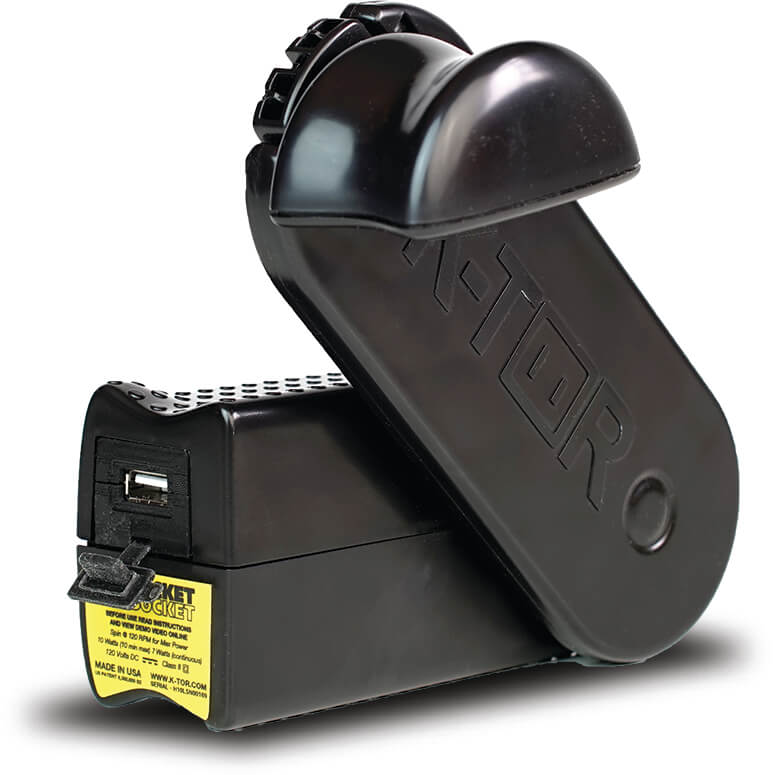by Ken Torino
When you are hiking you spend a lot of time on your feet so lets start there. If you are just starting out, you will be hiking in the summer. You will want a pair of hiking boots that will breathe. A lightweight pair is acceptable. But you will still want boots that are waterproof with Gortex and go over the ankle. Twisted ankles are a big concern in hiking as you are walking on uneven and unstable terrain. A boot that protects the ankle is a must. You also want a pair that fits well and is well broken in.
Blisters are a common problem in hiking. Avoid them, if possible, and know how to deal with them. Blisters will come from the heat from friction or rubbing. When you shop for hiking boots bring the socks you will wear when hiking. You will want two pairs of thin socks. Do not wear cotton socks. Cotton absorbs moisture and when wet does not slide and can create lumps that cause blisters. Water wicking socks like polypropylene next to the skin is a must. The second layer should also be an artificial material that will not absorb water. The idea is the socks slide against each other and not against the skin. In the old days you would wear silk against the skin and wool, but today we have lots of man-made materials.
Boots used to be made of leather but now the bottom is a molded man-made material. You will want a good tread like Vibram. Vibram is designed for good traction over a range of surfaces. Keep in mind that the artificial materials will not stretch to fit like leather will. So the part of the boot that is artificial material is unlikely to flex much or change in shape over time. Leather on the other hand will change in shape to mold to your foot. The leather part of the boot should be conditioned well with mink oil. This will waterproof the leather and keep it in good condition. When starting out I got a good pair of three season leather boots and was very good at conditioning the leather on a regular basis. I wore out and replaced seven Vibram soles and the leather boot fit like a glove to the end.
Remember to take your time trying on the boots with the socks you will wear with them to make sure they are comfortable in the store before you buy them. Not too tight and not too loose. You should be able to wiggle your toes and not feel the front of the boot with the tip of your toes. Also the foot should be held well and not move around in the boot. The heel should not come up when you walk. Try walking around and going up and down on a chair or bench. If they are not perfect don’t get them.
As you begin to hike in colder weather, get an insulated pair of boots. Do just rely on warmer socks or thicker socks. Socks can do just so much and they will compress and if too thick you will not get a good fit. Also in cold weather you will need a stiff boot so that you can but crampons on it, basically metal spikes that dig into the ice but more on that when we get to winter hiking.
With all your best effort, you will still likely get blisters if you do enough hiking. In the medical section I will talk about what supplies to bring with you and how to deal with blisters. You can walk on blistered feet for days comfortably if you deal with them properly. Also, in a follow-on section I will talk about how to walk. I am sure you know how to walk, but most people do not walk properly and in hiking this can be uncomfortable, dangerous and damaging.
Next article will be about what to bring to eat.


